Results 10,361 to 10,370 of 12096
Thread: Anandtech News
-
02-21-20, 03:59 PM #10361
Anandtech: AOC Launches Their Flagship G-Sync Ultimate Gaming Monitor: The Ultrawide
AOC has formally unveiled its long-awaited Agon AG353UCG curved gaming display. The high-end display offers a 200 Hz maximum refresh rate with VESA Adaptive-Sync VRR technology, a 1000 nits peak brightness, as well as a Quantum Dot-enhanced full areal local dimming (FALD) backlighting. The display will be the company’s new flagship curved offering, offering a plethora of features with a hefty price tag to match.
AOC says that when it designed its Agon AG353UCG monitor (and other forthcoming members of the 3rd Generation Agon family), it wanted to build a product that would offer the most immersion possible today with an LCD. To do so, the company took a 37.5-inch 10-bit VA panel featuring a 1800R curvature, a 3440x1440 resolution, a 2 ms GtG response time, a 200 Hz maximum refresh rate, and equipped it with an advanced FALD backlighting. All told, the AG353UCG's backlighting system contains 512 local dimming zones, which have been further enhanced with Quantum Dots for a wider color gamut, offering a very bright and high-contrast HDR experience. As a result, AG353UCG can claim DisplayHDR 1000 compliance – indicating, among other things, a peak brightness of 1000 nits in HDR mode – while being able to display 1.07 billion colors across 90% of the DCI-P3 color gamut.
Like many other flagship HDR gaming displays, the Agon AG353UCG is a G-Sync Ultimate monitor. This means it meets NVIDIA's specifications for response times, color spaces, and backlighting. And it also means that the monitor is almost certainly using NVIDIA's G-Sync HDR scaler as well.
On the connectivity side of matters, the monitor has a DisplayPort 1.4 input, an HDMI 2.0b port, and a Mini DisplayPort input. In addition, the unit has audio connectors (line out, microphone upstream, microphone downstream), and a quad-port USB 3.0 hub with a Type-B upstream port.
For gamers who find ergonomics and looks to be as important as performance, the monitor comes with an aggressive-looking stand that can adjust height and tilt, as well as sporting an RGB LED ring on the back. Meanwhile the sizable display offers a carrying handle and supports cable management, making it a bit easier to move and setup the monitor.
The AOC Agon AG353UCG will be available in Europe this month. In the UK, its RRP will be £2,159, while in mainland Europe it will cost €2,509. So expect it to carry an MSRP of around $2,300 in the USA. At present, the only rival for the Agon AG353UCG is the Acer Predator X35, so the rather high price tag is nothing to be surprised about.
Related Reading:AOC's 35-Inch 3rd Gen Agon Gaming Display Agon AG353UCG Panel 37.5-inch VA Native Resolution 3440 × 1440 Maximum Refresh Rate 200 Hz Response Time 2 ms GtG Brightness up to 1000 cd/m² in HDR mode Contrast up to 2500:1 Backlighting FALD with 512 zones & Quantum Dots Viewing Angles 178°/178° horizontal/vertical Curvature 1800R Aspect Ratio 21:9 Color Gamut sRGB: ?%
DCI-P3: 90%
Adobe RGB: 95%Dynamic Refresh Rate Tech NVIDIA G-Sync Ultimate Pixel Pitch 0.2554 mm² Pixel Density 99.45 PPI Inputs 1 × DisplayPort 1.4
1 × Mini DisplayPort 1.4
1 × HDMI 2.0bAudio 3.5 mm microphone upstream
3.5 mm microphone downstream
3.5 mm headphone out
2 x 8 W speakersUSB Hub 4 × USB 3.0 Type-A connectors Ethernet - Webcam - Stand Height: 120 mm
Swivel: 32° ~ 32°
Tilt: -5 ~ 21.5±1.5°Launch Price RRP in the UK: £2,159
MSRP in EU: €2,509
- AOC Agon 35-Inch 200 Hz Curved 3440x1440 HDR Gaming Monitor with FreeSync 2 or GSync
- CES 2020: Acer’s Predator X38 Is A 38-Inch Curved Monitor w/ UWQHD+, 175 Hz & G-Sync
- Samsung’s Odyssey Continues: Ultra-Curved QLED 49-Inch 240 Hz HDR1000 Monitor w/ Adaptive Sync
- AOC Reveals Two 34-Inch Curved Gaming Monitors: Up to 144 Hz & FreeSync
- JapanNext Launches 35-Inch "UWHD" Curved LCD: AMVA & 200Hz Refresh w/FreeSync
Source: AOC
More...
-
02-21-20, 03:59 PM #10362
Anandtech: MSI Intros Modern 15 Laptop: An Inexpensive Laptop for Content Creators
MSI has been actively targeting content creators with its laptops as of recently, so it's only fitting that this week the company introduced its Modern 15 notebook, aimed at the entry-level content creation market. Powered by Intel’s 10th Generation Core (Comet Lake) processor and NVIDIA’s GeForce MX330 discrete graphics chip, the Modern 15 mobile PC promises to offer decent performance as well as a relatively low weight in a reasonably priced package.
The MSI Modern 15 laptop currently exists in only one configuration (A10RAS-061JP) which is powered by Intel’s quad-core Core i7-10510U ‘Comet Lake-U’ processor. This is accompanied by 16 GB of dual-channel DDR4 memory, a 512 GB M.2 NVMe SSD, and NVIDIA’s GeForce MX330 graphics chip with 2 GB of GDDR5 VRAM. According to MSI, the CPU and the GPU are cooled via MSI’s Cooler Boost 3 cooling system, which uses two fans and three thick heat pipes. Within MSI's laptop lineup, this places the Modern 15 at essentially a tier below their Prestige series notebooks, giving up features such as hex-core CPUs and GeForce GTX graphics in exchange for a lower price.
As far as connectivity is concerned, MSI’s Modern 15 is equipped with a Wi-Fi 5 + Bluetooth 6 adapter, one USB 3.2 Gen 1 Type-C port (with DP Alt mode support), three USB Type-A connectors (one USB 3.2 Gen 1, two USB 3.2 Gen 2), an HDMI output, a 3.5-mm audio connector for headsets, and a microSD card reader. When it comes to multimedia capabilities, MSI’s Modern 15 laptops are equipped with a webcam with IR sensors, stereo speakers, and a microphone array.
The Modern 15 system comes in a black or silver chassis with brushed aluminum elements that is 15.9 mm thick. The enclosure accommodates a 15.6-inch Full-HD panel, but because of thin bezels, the dimensions of the chassis are close to those of traditional 14-inch notebooks. As for weight, the Modern 15 weighs 1.6 kilograms.
MSI says that the laptop will last for nine hours on one charge (according to JEITA 2.0), which is good enough for a laptop that is more likely to be used as a semi-fixed (and frequently plugged in) device to begin with.
MSI intends to start selling the Modern 15 laptop in Japan on February 27, with a price of ¥165,000. It is unclear at this time whether the company intends to bring the product to Europe or the US.Specifications of MSI's Modern 15 Laptop A10RAS-061JP LCD Diagonal 15.6-inch Resolution 1920×1080 Brightness ? Contrast Ratio ? Color Gamut - Touch Support - Protective Glass - CPU Intel Core i7-10510U (Comet Lake-U) Graphics Integrated Intel UHD Graphics Discrete NVIDIA GeForce MX330 with 2 GB GDDR5 RAM 16 GB dual-channel DDR4 Storage SSD 1 × 5120 GB M.2 NVMe SSD Card Reader MicroSD Card reader Wireless Wi-Fi 5 + Bluetooth 5.0 USB Type-C 1 × USB 3.1 Gen 1 Type-C Type-A 1 × USB 3.1 Gen 2 Type-A
2 × USB 3.1 Gen 1 Type-AThunderbolt - Cameras Front HD webcam with IR sensors Other I/O Microphone, 2 stereo speakers, audio jack Battery 9 hours Dimensions Width 35.7 cm | 14.05 inches Depth 23.4 cm | 9.2 inches Thickness 1.59 cm | 0.63 inches Weight 1.60 kilograms | 3.52 pounds Launch Price Japan: ¥165,000
Related Reading:
- MSI’s New Prestige 14 & 15 Laptops Get Intel's Comet Lake-U CPUs & Calibrated 4K Display
- Lenovo’s Yoga Creator 7: A Budget 15.6-Inch NVIDIA Studio Laptop for Creators
- CES 2019: MSI PS63 Modern Notebook, a 15.6-inch with 16 Hours Battery Life
- MSI’s Alpha 15: AMD Ryzen 3750H and Radeon RX 5500M
Source: MSI Japan (via Hermitage Akihabara)
More...
-
02-24-20, 03:29 AM #10363
Anandtech: Sony Announces New Xperia 1 II Flagship, Teases Xperia PRO
Today Sony announces the successor to last year’s Xperia 1 flagship phone, the new Xperia 1 II, as well as teasing a new interesting device in the form of the Xperia PRO, aimed at professional photographers.
The Xperia 1 was the first Sony flagship device that followed the company’s mobile division reshuffle under the head of Kimio Maki, former head of Sony’s Alpha mirrorless camera success. The new Xperia 1 II further embraces this new merging of product lines within Sony as we’re seeing new synergies between features that made the Alpha line-up of devices popular.
The Xperia 1 II also upgrades its hardware to be on par with what you’d expect in 2020: Powered by a new Snapdragon 865 SoC, brand-new camera sensors, as well as a seemingly 90Hz screen, all while packing a bigger battery, the new device on paper looks to be an upgrade in the right places, all while retaining the signature characteristics that made the Xperia 1 a differentiating device in 2019. There are also some surprises in the mix, some good, and some possibly bad. We see the return of the 3.5mm headphone jack, but an odd lack of 5G in the US variants of the phone. We’re be going over the specifications in more detail:
Starting off with the hardware, as expected we see the use of a new Qualcomm Snapdragon 865 SoC which puts the Xperia 1 II at the same level as other 2020 flagship devices. Sony has raised the RAM and storage configuration of the X1II, bumping it up to 8GB and 256GB by default (with no other options); the storage increase is particularly welcome.Sony Xperia 1 Series Sony Xperia 1 II Sony Xperia 1 SoC Qualcomm Snapdragon 865
1x Cortex-A77 @ 2.84GHz
3x Cortex-A77 @ 2.42GHz
4x Cortex-A55 @ 1.80GHz
Adreno 650 @ 587MHzQualcomm Snapdragon 855
1x K485 (Cortex-A76) @ 2.84GHz
3x K485 (Cortex-A76) @ 2.42GHz
4x K485 (Cortex-A55) @ 1.80GHz
Adreno 640 @ 585MHzDRAM 8GB LPDDR4X 6GB LPDDR4X Display 6.5" AMOLED
3840 x 1644 (21:9)
90Hz (Interpolated?)6.5" AMOLED
3840 x 1644 (21:9)
Size Height 166 mm 167 mm Width 72 mm 72 mm Depth 7.9 mm 8.2 mm Weight 181 grams 178 grams Battery Capacity 4000mAh
18W USB-PD Adaptive Charging3330mAh
18W USB-PD Adaptive ChargingWireless Charging Yes - Rear Cameras Main 12MP 1.8µm Dual Pixel PDAF
1/1.7" sensor
24mm /
f/1.7 with OIS12MP 1.4µm Dual Pixel PDAF
1/2.6" sensor
26mm / 78°
f/1.6 with OISTelephoto 12MP 1.0µm PDAF
1/3.4" sensor
70mm / / 3x zoom
f/2.4 with OIS12MP 1.0µm PDAF
1/3.4" sensor
52mm / 45° / 2x zoom
f/2.4 with OISWide 12MP 1.4µm Dual Pixel PDAF
1/2.6" sensor
16mm / 130°
f/2.212MP 1.0µm PDAF
1/3.4" sensor
16mm / 130°
f/2.4 fixed focusExtra 3D Time-of-Flight (ToF) - Front Camera 8MP 1.12µm
f/2.08MP 1.12µm
f/2.0Storage 256GB 128GB UFS 2.1 I/O USB-C
3.5mm headphone jackUSB-C
no 3.5mmheadphone jackCellular 4G (US)
5G (Depending on market)4G Wireless (local) TBC 802.11ac Wave 2 Wi-Fi
Bluetooth 5.0 LE + NFCIP Rating IP65 & IP68 Other Features Dual Speakers Dual-SIM 1x nanoSIM + microSD
or
2x nanoSIMLaunch Price $1099 / £ / 1199€ $949 / £849 / €949
Amongst the internal hardware improvements is a much bigger battery capacity, alleviating one of the Xperia 1’s largest weaknesses, upgrading from a 3330mAh unit to a 4000mAh new design, a 20% generational uplift.
The increased battery capacity didn’t have any large impact on the form-factor of the phone, as the new unit is only 3g heavier at 181g, and Sony even managed to reduce the thickness by 0.3mm down to 7.9mm. The width of the phone remains the same at a 72mm which is a sweet-spot in terms of ergonomics and usability, and Sony even shaved off 1mm in length down to 166mm. Sony even managed to add in wireless charging without any impact to the dimensions of the phone, also addressing the previous generation’s lacking thereof.
Characteristic Design, 90Hz Screen*, But Still 4K Resolution
In terms of design, the phone unmistakably follows its predecessor, characterised by the squared off corners of the 21:9 aspect ratio screen. The display panel unfortunately remains a 4K resolution panel – we deemed this feature to be a massive waste of battery life with little to no real-world benefits in terms of viewing experience. I hope Sony here at least is using a newer generation panel that’s able to increase the power efficiency of the display.
A new feature to the new screen though is what Sony calls “Motion Blur Reduction” feature that it advertises as equivalent to 90Hz displays. What I think this is a 90Hz panel which interpolates 60Hz rendering to create smoother content, which would be an interesting take on the high-refresh rate feature that we’ve seen being popularised over the last year by various vendors.
Sony has slightly changed the bezel / frame design of the new Xperia 1 II, which is now features a chamfer design and flat side-frame compared to the round frame of the Xperia 1 – we’ll have to see how this change affects the ergonomics of the phone.
The phone still has a dual-speaker setup with a bottom firing speaker as well as the earpiece serving as a stereo pair.
3.5mm Headphone Jack Resurrection
The most surprising feature change of the Xperia 1 II is the re-introduction of the 3.5mm headphone jack. Sony has said it’s seen bad feedback and a backlash from users on the Xperia 1 due to its headphone jack removal, and frankly, it’s was very much deserved. Sony is not only backtracking on the removal of the headphone jack, but it’s claiming to have improved the quality of the new 3.5mm output. Sony advertises its 360 Reality Audio processing engine being implemented in hardware, and I have to wonder if this means that the DAC of the phone is Sony’s own QN1 chipset (or similar), the same hardware that powered Sony’s popular WH-1000XM3 headphones.
Whatever the hardware may be, the fact that Sony is bringing back the headphone jack is a huge story in itself as it just proves how stupid the industry trend of removing the 3.5mm connector has been. Props to Sony for bringing it back – I hope other vendors follow suit.
New Camera Hardware – But Still Confused About What’s a Smartphone Camera?
The Xperia 1 II majorly upgrades its camera hardware. Starting off with the main unit, Sony has upgraded its sensor from a 1/2.6” unit to a much larger 1/1.7” sensor, this results in a pixel pitch upgrade from 1.4µm to 1.8µm, resulting in a 65% increase in light capture ability. The resolution has remained static at 12MP but I’m not too worried about that as what matters is the effective spatial resolution the sensor and optics can capture. The optics are now slightly wider at 24mm equivalent instead of 26mm equivalent on the Xperia 1, and the aperture is now at f/1.7 and OIS is maintained on the sensor.
The telephoto module seemingly hasn’t changed the sensor, which remains at 12MP with 1.0µm pixels, but sees a change in the optics which are now at 70mm equivalent, or 3x optical zoom compared to the main camera, a longer focal length than the 52 / 2x zoom equivalent on the Xperia 1. I do think this is a nice change as I find it such a focal length more useful. OIS is of course also integrated in the f/2.2 optics.
Finally, the ultra-wide-angle module remains the same in its field-of-view, but sees a huge upgrade in the sensor as it’s upgraded from a 1/3.4” sensor to an 1/2.6” unit, meaning pixel pitches have increased from 1µm to 1.4µm, all while retaining the 12MP resolution. The sensor is also PD-PDAF which is interesting, we haven’t had confirmation yet if this means the module now has variable focus – a feature that was lacking in the fixed focus optics of the Xperia 1 UWA module.
Sony discloses that they've partnered with Zeiss to be able to bring to market the optics of the new Xperia 1 II. If this is an improvement remains to be seen; the Xperia 1's optics sharpness was amongst one of the best on the market, and actually its one major strengths, with only the barrel distortion of the UWA being something to complain about, maybe Sony opted to go more rectilinear this generation?
Sony put a lot of emphasis on the autofocus capabilities of the new camera. The sensor is a dual-pixel PDAF unit and claims it covers 70% of the sensor, which is a bit odd as I thought PD-PDAF units had 100% sensor coverage. Sony also employs some of its AF knowledge from the Alpha 9 line-up to achieve 60fps autofocus and autoexposure calculations, and the phone is able to capture burst photos at 20 frames/second. It also includes the Alpha’s known eye-AF algorithms for humans and animals.
Sony integrates a new “Photo Pro” interface that aligns with what we’ve seen from the Alpha camera UIs.
Honestly, I feel that while all these feature additions are great, Sony’s largest problem historically is that they’ve been very bad at smartphone photography. Autofocus accuracy and speed matters very little in a smartphone if the image processing just isn’t up to standards, and the Xperia 1 last year showcased amongst the worst results of any phone we’ve tested in 2019. So, while the new Xperia 1 II looks good on paper, we’ll have to wait and see how the cameras perform in the real-world.
Launching in Spring – With No 5G in the US?
Arguably there’s no bad products, only bad prices, and the fact that the Xperia 1 II is launching in the US at $1099 without featuring any 5G connectivity is quite disappointing, and the company is off to a bad start versus the competition.
Update: We originally were briefed on the above pricing, but Sony has communicated that US availability and pricing are subject to changes, so the pricing might not be representative of the actual commercial launch price.
In Europe, the Xperia 1 II launches with 5G sub-6GHz at a staggering 1199€.
I’m not sure exactly what Sony did here in terms of hardware design, Qualcomm had confirmed the Snapdragon 865 is paired with the 5G capable X55 modem, so for a device to lack 5G means that Sony must have omitted the 5G RF in the design. I understand if it might have lacked mmWave, but also lacking sub-6GHz means it won’t be a future-proof device. Sony did say it will have 5G variants for other markets, but we don’t have further information on the matter at the time of writing.
Xperia PRO - a mmWave 5G Professional Photographer Oriented Phone That Makes Sense?
Alongside the Xperia 1 II, Sony also announced, or better say, pre-announced another new smartphone. The new Xperia Pro represents a new type of device that is targeted at professional photographers.
Hardware wise, the Xperia Pro shares almost all the specifications of the Xperia 1 II, with the difference of 512GB storage as default as well as the inclusion of 5G sub-6Ghz and mmWave connectivity.
Design wise, it’s a bit of a departure as it instead of the glass back and sleek metal frame it comes in a much more rugged casing that you’d expect from professional grade gear.
I said that the Xperia Pro makes a lot of sense, and the sole reason for that being is that the phone features an HDMI input port alongside its USB-C port. This is extremely unique in a smartphone and what this enables, is for photographers to connect their camera gear to the phone, and have the phone’s high-quality screen be used as a monitor.
Sony didn’t go into more details into the exact capabilities of the Xperia Pro’s HDMI input, but using the phone as a screen is merely just the starting point of what such a setup can bring – if the phone is able to record video off the camera source, this effectively then acts as an external video recorder, a piece of hardware that typically goes into the hundreds of dollars anyhow. Furthermore, if one can live-stream video content off your large professional camera and use the Xperia Pro as essentially a tethering device, it again opens up a lot of possibilities, and I think this is exactly Sony’s angle here with the 5G connectivity of the phone.
It’s a very interesting synergy for professional photographers who very well might justify whatever crazy price the Xperia Pro might end up at. For now, we’ll have to wait on Sony to divulge further information as the device isn’t due to launch till later in the year.
More...
-
02-24-20, 10:43 AM #10364
Anandtech: Microsoft Drops More Xbox Series X Tech Specs: Zen 2 + RDNA 2, 12 TFLOPs G
For the past several months both Microsoft and Sony have been slowly but steadily trickling out additional details about their forthcoming gaming consoles. And now this morning we’re getting our next bit of information from Microsoft, who has released a few more nuggets of information on their forthcoming Xbox Series X console.
When the console was first formally announced at the end of 2019, the company revealed that it would be using AMD’s Zen 2 CPU cores, but they were a bit cagier about the GPU specifications. Now the company has opened the door just a bit more on those, giving us some performance and feature information – and by and large confirming earlier theories about what the hardware would entail.
First and foremost, Microsoft is now confirming that the console’s APU is using AMD’s RDNA 2 architecture for the integrated GPU. Information about this architecture is still limited, but AMD previously disclosed that RDNA 2 would include hardware ray tracing functionality – something not present in RDNA (1) – and Microsoft in turn will be tapping this for their next game console. Microsoft, of course, already has significant experience with hardware ray tracing thanks to DirectX’s own ray tracing functionality (DXR), so the company will be able to hit the ground running here, albeit with AMD hardware for the first time.
Microsoft’s announcement also confirms for the first time that we’re getting Variable Rate Shading (VRS) support. This is another feature that has been supported in DirectX for a bit now (and in rivals Intel & NVIDIA’s GPUs), but isn’t currently available in AMD’s RDNA (1) lineup. A sampling optimization of sorts, variable rate shading allows for the shading rate for an area of pixels to be increased or decreased from the normal 1:1 ratio. The net impact is that an area can be oversampled to produce finer details, or undersampled to conserve resources. As the former is more of a niche use case for VR, we’re far more likely to see undersampling in day-to-day usage. Especially with complex pixel shaders, when used correctly VRS is intended to give developers a way to improve the performance of their games for little-to-no perceptible impact on image quality.
Finally, as far as overall GPU performance is concerned, Microsoft’s latest revelation finally gives us a performance estimate: 12 TFLOPs. While the company doesn’t break this down into clockspeed versus compute units, this is none the less twice the GPU performance of the Xbox One X. Or for a more generational comparison, more than 9x the GPU performance of the original Xbox One.
Even at just 2x the performance of the Xbox One X, this is by all objective measures quite a bit of GPU horsepower. To put things in perspective, AMD’s current fastest RDNA-based video card, the Radeon RX 5700 XT, only offers 10 TFLOPs of GPU performance. So the Xbox Series X, a device with an integrated GPU, is slated to offer more graphics performance than AMD’s current flagship video card. Which, to be sure, doesn’t mean the Xbox Series X is going to be more powerful than a PC (there’s no getting around the fact that AMD has been trailing NVIDIA here), but it’s clear that Microsoft has great ambitions for the console’s graphics performance.
Tangential to this, Microsoft has also finally confirmed that the console will support HDMI 2.1. This has long since been a given, as the time frame and Microsoft’s own resolution goals pretty much require HDMI 2.1 to begin with, but none the less we finally have confirmation. The company’s announcement also confirms that along with variable refresh rate support (first introduced on the Xbox One X), the console’s HDMI connection will also support HDMI’s auto low latency mode, which tells a display to switch to low latency mode. Depending on just how fine-grained Microsoft’s implementation is, there’s room here for nuance; for example only engaging low latency mode for gaming, but leaving it off when watching videos so that a display can apply extra processing.
Finally, while Microsoft had previously disclosed that the console would use a “next generation” SSD, it’s interesting to note that the company is now calling it a “custom built” SSD. Absent more details, I’d hesitate to read too much into this, but at a minimum it means Microsoft is not using an entirely off-the-shelf SSD. Whether that means they’re using commercial silicon with different firmware, or ordering their own silicon entirely, remains to be seen. And perhaps the bigger question is whether this is an all-flash setup, or if the console will be running some kind of tiered storage with an SSD and an HDD? Given that even when SSD prices were at their historical lows, a large enough SSD to hold several AAA games could easily run for $100 or more, a pure SSD setup stands to be an expensive venture.
But whatever the storage architecture is, it sounds like Microsoft is putting it to good use. On top of the previously mentioned loading benefits, the company is touting a feature they’re calling “Quick Resume”, which allows for several games to be suspended at once. Since suspending multiple games in this fashion all but requires evicting them from RAM and sending them to non-volatile storage, Microsoft will need a high performance (and reasonably spacious) SSD to power this feature.
As always, expect to hear a lot more about the Xbox Series X over the next several months, as Microsoft ramps up to launch it for Holiday 2020.
More...
-
02-24-20, 10:43 AM #10365
Anandtech: Slim, Powerful, Aggressive Pricing: New Lenovo ThinkPad X13
Known for its light weight and portability, Lenovo’s ThinkPad X1 also happens to be a halo product with a price to match. Demand for ultra-portable notebooks is high these days, so Lenovo has developed its ThinkPad X13, something that combines portability of a laptop that is up to 16.9 mm thick and 1.3 kilogram heavy (2.85 pounds), along with the performance of Intel’s 10th Generation Core processors, for a price that starts at $849.
Lenovo itself calls its new ThinkPad X13 - which also happens to exist in a hybrid version called ThinkPad X13 Yoga - a ‘premium mobile workhorse’. Housed in a black carbon fiber or carbon fiber with magnesium/aluminum chassis, the ThinkPad X13 can be equipped with a Full-HD (for a long battery life) or an Ultra-HD OLED touch-enabled display panel. Customers who need privacy can also opt for Lenovo’s Privacy Guard screen with 500 nits brightness.
As noted above, Lenovo’s ThinkPad X13 notebooks are based on Intel’s 10th Generation Core processors with up to six cores and UHD Graphics. Depending on configuration, the laptops may be equipped with 4 GB – 32 GB of DDR4 RAM as well as an up to 2 TB SSD.
As far as connectivity is concerned, the new ThinkPad X13 has Wi-Fi 6, Bluetooth 5, Thunderbolt 3, USB 3.1 Type-A, microSD, and HDMI. Premium versions will also come equipped with a 4G/LTE CAT16/CAT9 modem.
With its aggressive pricing strategy, Lenovo plans to charge $849 for an entry-level ThinkPad X13 and $1099 for an entry-level convertible ThinkPad X13 Yoga.
Related Reading:
- Lenovo’s 2020 ThinkPad X1 Carbon & Yoga: Wi-Fi 6, New Keyboard, & Security Features
- Lenovo Launches ThinkPad X1 Carbon Gen 7: Thinner, Lighter, Comet Lake Inside
- Lenovo Unveils ThinkPad P1 Gen 2: New 15.6-Inch Carbon Fiber Chassis
Source: Lenovo
More...
-
02-24-20, 03:00 PM #10366
Anandtech: Honor Magicbook 14-inch and 15-inch Notebooks with AMD APUs: Coming Worldw
Last November, Huawei subsidiary honor launched a new line of notebooks inside China. The Magicbook line consisted of several models built on Intel, AMD, and offered a variety of memory and capacity variants, as well as choices in operating system. For the worldwide market, honor is simplifying its selection for expediency, and is set to offer AMD Ryzen 5 systems globally from as low as £650 (estimated).
More...
-
02-25-20, 06:06 AM #10367
Anandtech: Qualcomm to Start XR2 Reference Design Programme for AR/VR/XR
Today Qualcomm is announcing that it will be reintroducing its Reference Design Programme for its upcoming XR2 chip for VR/XR headsets. The company stated that after the success of its XR1 equivalent programme, they would be initiating with potential customers earlier in the cycle this time around in a similar way to how they approach smartphone vendors with its new handset SoCs.
More...
-
02-25-20, 01:59 PM #10368
Anandtech: Samsung Starts Production of 16 GB LPDDR5-5500 for Smartphones
Samsung has begun mass production of the industry’s first 16 GB LPDDR5 memory for upcoming smartphones, such as the Galaxy S20 Ultra 5G handsets. The new DRAM devices not only offer higher capacity, but they are also 30% faster than previous-generation LPDDR4X-4266 used for previous-generation cellphones.
Samsung’s latest 16 GB LPDDR5 package consists of eight 12 Gb chips and four 8 Gb chips featuring a 5500 MT/s data transfer rate that can provide bandwidth of up to 44 GB/s. The very complex 12-device assembly is called a ‘mixed mode package’ because it contains DRAM devices that are accessed differently in different ranks. Samsung does not publish voltages of the new multi-chip 16 GB DRAM assembly, but only claims that it delivers more than 20% energy savings when compared to an 8 GB LPDDR4X package. Meanwhile, we do know that LPDDR5 memory chips feature a variable voltage that is up to 1.1 V.
The 12 Gb LPDDR5 devices are made using Samsung’s 2nd Generation 10 nm-class fabrication technology (also known as 1y nm), but the company does not disclose which manufacturing process is used to build 8 Gb LPDDR5 devices (though we are probably talking about 1y nm here as well).
Typically, DRAM makers make mass production announcements after they ship the first batch of products to a client. Considering that Samsung’s Galaxy S20 Ultra features 16 GB of LPDDR5 memory, it is more than reasonable to assume that it uses the company’s latest 16 GB LPDDR5-5500 DRAM package.
In the second half of this year Samsung plans to start production of 16 Gb LPDDR5 devices using its 3rd Generation 10 nm-class fabrication process (aka 1z). These chips will support speeds up to 6400 MT/s, but to take advantage of them Samsung will have to develop an SoC that supports such a high data transfer rate. Meanwhile, capacities of these upcoming LPDDR5 assembles remain to be seen.
Related Reading:
- Samsung Announces The Galaxy S20, S20+ and S20 Ultra: 120Hz, 5G, Huge Batteries, Crazy Cameras and $$$
- Micron Shipping LPDDR5 DRAM
- Samsung Starts Production of LPDDR5-5500 Devices: 12 GB of DRAM in a Smartphone
- Samsung Announces First LPDDR5 DRAM Chip, Targets 6.4Gbps Data Rates & 30% Reduced Power
- First with Snapdragon 865: ZTE Unveils Axon 10s Pro w/ 5G, 6.47-Inch AMOLED, 12 GB LPDDR5
Source: Samsung
More...
-
02-25-20, 03:08 PM #10369
Anandtech: HTC Expands Vive Cosmos VR Family Offerings
When HTC introduced its Vive Cosmos VR headset with modular front panel last year, it was pretty much evident that the company will use this capability to address specific use cases and expand its product lineup. This month HTC finally introduced several new products in the Vive Cosmos ecosystem that complement the original headset.
The External Tracking Faceplate
The Vive Cosmos VR head mounted display is equipped with a built-in inside-out 6-degree-of-freedom (6DoF) positional tracking enabled by six cameras, a G-sensor, a gyroscope, and therefore does not need any external sensors for tracking. There are games that rely on SteamVR tracking base stations and controllers and there will be owners of the new HMD do not want to miss them, especially if they already own trackers and original Vive controllers (which they bought the first-gen Vive or Vive Pro HMD).
Specially for such customers, HTC will offer the External Tracking Faceplate that enables Lighthouse stations 1.0 and 2.0 to work with the latest VR headset. The device will be available in the second quarter for $199.
Ready: The Vive Cosmos Elite
For those who begin their VR career and would like to enjoy content developed for the original Vive VR headset and controllers as well as the new Vive Cosmos VR platform, HTC plans to offer the Vive Cosmos Elite bundle.
The Vive Cosmos Elite package contains the Vive Cosmos VR headset, the External Tracking Faceplate, two SteamVR base stations, and two Vive controllers. The whole bundle is priced at $899 and will be available later in Q1 with pre-orders staring on February 24th.
Steady: The Vive Cosmos XR
Next up is the Vive Cosmos XR that is meant for those working on eXtended Reality (XR) content. The device adds two more cameras to the faceplate in a bid to enable ‘a near-complete passthrough field of view that uses the majority of the VR display (up to 100º FOV)’ thus allowing to blend virtual content with the real world.
The product will be described at GDC and will be available later this year.
Go: The Vive Cosmos Play
Last but not least, HTC also announced plans for a cheaper version of the Vive Cosmos with four cameras on the faceplate instead of six. The Vive Cosmos Play device is aimed at novice and casual users as well as for public VR experiences.
The Vive Cosmos Play with its four cameras will naturally offer a lower-precision positional tracking than the original model with six cameras, so HTC recommends using the device with basic VR content. Owners of the product will be able to upgrade it anytime with a required faceplate and get new experience.
Pricing of the product is unknown, but quite naturally, HTC will want the Vive Cosmos Play to become a mass product and will likely price them accordingly.
Related Reading:
- HTC Unveils Final Specs & Availability Date of Cosmos VR Headset for PCs
- HTC at CES 2018: Vive Pro VR Headset with Higher-Res Displays, Two Cams, Headphones
- Valve Index VR Headset: 1440×1600 per Eye and 120/144 Hz LCDs
- HP Reverb Virtual Reality Headset: A 4K HMD with 6DOF
- Oculus Rift S VR Headset: An Upgraded Virtual Reality Experience
Source: HTC Vive
More...
-
02-25-20, 04:15 PM #10370
Anandtech: A 27-Inch 240 Hz 2560x1440 Monitor: AOC Reveals Agon AG273QZ
For gamers who demand the maximum refresh rate and the lowest Moving Picture Response Time (MPRT) possible, AOC has introduced its new 27-inch display. The Agon AG273QZ happens to be among the first 27-inch monitors that combine a 240 Hz maximum refresh rate and a QHD resolution for those who need performance and higher-than-Full-HD resolution.
AOC’s Agon AG273QZ uses a new generation 27-inch TN panel of a 2560x1440 resolution that promises a wider color gamut and other improvements compared to regular TN panels (a claim that, frankly speaking, needs verification). Specification wise, we are talking about a monitor with 400 nits peak brightness, a 1000:1 contrast ratio, 170º /160º viewing angles, a 0.5 ms MPRT response time, and a 240 Hz maximum refresh rate.
Because of the improved panel, the Agon AG273QZ LCD can display 16.7 million colors and reproduce 126.4% of the sRGB, 93.7% of the AdobeRGB, and (at least) 90% of the DCI-P3 color gamuts. Meanwhile, the monitor is AMD FreeSync Premium Pro and VESA DisplayHDR 400 certified.
When it comes to connectivity, the Agon AG273QZ has two DisplayPort 1.4 and, a D-Sub, and two HDMI 2.0 inputs, enough to connect a gaming PC (or three) as well as a couple of modern game consoles. In addition, the monitor has a quad-port USB 3.2 Gen 1 Type-A hub. The audio department of the display includes two 5W speakers, a microphone in, and a headphone out.
Like the vast majority of gaming displays, the Agon AG273QZ comes with a stand that can adjust height, tilt, and swivel. Also, the monitor can work in portrait mode. Alternatively, it is possible to attach the LCD to a VESA 75x75 arm. Meanwhile, to add some bling, the LCD has an RGB ring on the rear.
AOC will start sales of its Agon AG273QZ monitor in February, months before 27-inch Fast IPS panels with a 240 Hz refresh rate will hit mass production. In the UK, the product will carry an RRP of £659, so expect an MSRP of around $700 in the USA.AOC's 27-Inch QHD 240 Hz Display Spectrum 240 Hz 1440p Panel 27-inch class TN Native Resolution 2560 × 1440 Maximum Refresh Rate 240 Hz Dynamic Refresh Technology VESA Adaptive Sync
(AMD FreeSync Premium Pro Certified)Range 48 Hz - 240 Hz Brightness 400 cd/m² peak Contrast 1000:1 Viewing Angles 170°/160° horizontal/vertical Response Time 0.5 ms MPRT HDR HDR10
DisplayHDR 400Pixel Pitch 0.2334 mm² Pixel Density ~109 PPI Color Gamut Support 90% DCI-P3
126.4% sRGB
93.7% Adobe RGBInputs 2×DP 1.4 input/output
2×D-Sub
2×HDMI 2.0USB Hub Quad-port USB 3.1 Gen 1 Type-A Audio headphone out
microphone in
5W stereo speakersStand Swivel: 32° ~ 32°
Tilt: 5.5° ±1° ~ 21.5° ±1.5°
Height: 110mmWarranty 3 years MSRP UK: £659
Related Reading:
- HP's Omen X 27: A 240Hz QHD Monitor with FreeSync 2 HDR
- AOC’s Agon Monitors with 0.5ms Response Time & 240 Hz Refresh Now Available
- Assassin’s Speed: Eve Technology Reveals 27-Inch QHD Monitors With 240Hz Variable Refresh
- 280 Hz Fast: The ASUS TUF Gaming VG259QM IPS Monitor, It's Love At First Sight
- 280 Hz Fast: ASUS Releases TUF Gaming VG279QM IPS Monitor w/ 280 Hz
- MSI Reveals Optix MAG322CR: A 31.5-Inch Curved Monitor with a 180 Hz Refresh Rate
- NVIDIA & ASUS Unveil 360Hz 1080p G-Sync Monitor: ROG Swift 360
- Quick & Deadly: Alienware 25 (AW2521HF) 240 Hz Fast IPS Monitor Revealed
- Faster & TUFer Gaming: The ASUS VG27WQ 27-Inch 165Hz Curved Monitor w/ FreeSync
Source: AOC
More...
Thread Information
Users Browsing this Thread
There are currently 47 users browsing this thread. (0 members and 47 guests)




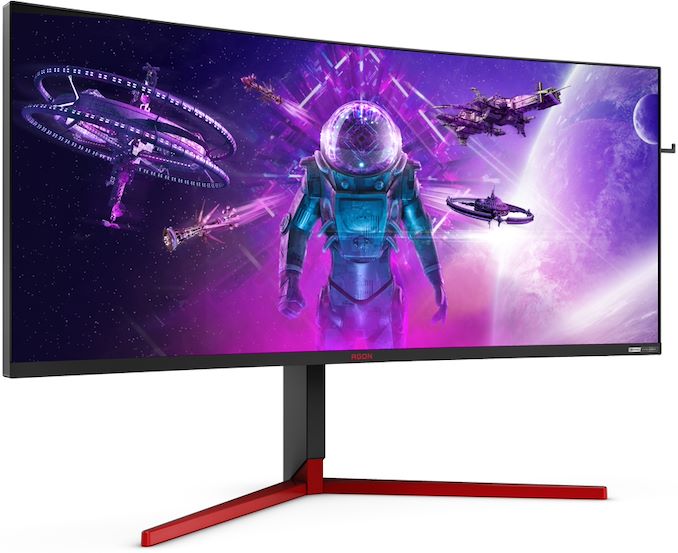
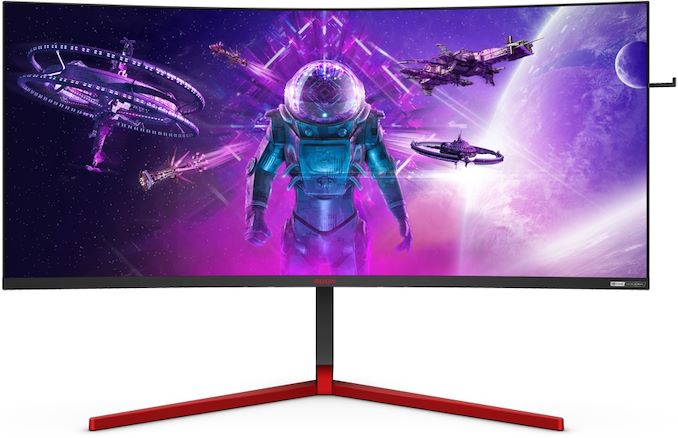
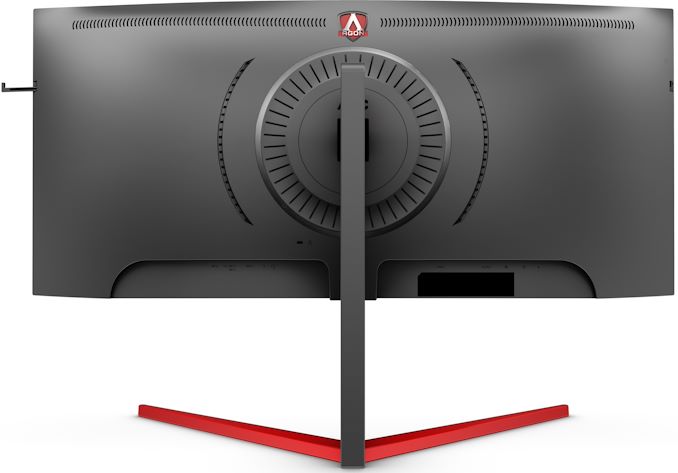



 Quote
Quote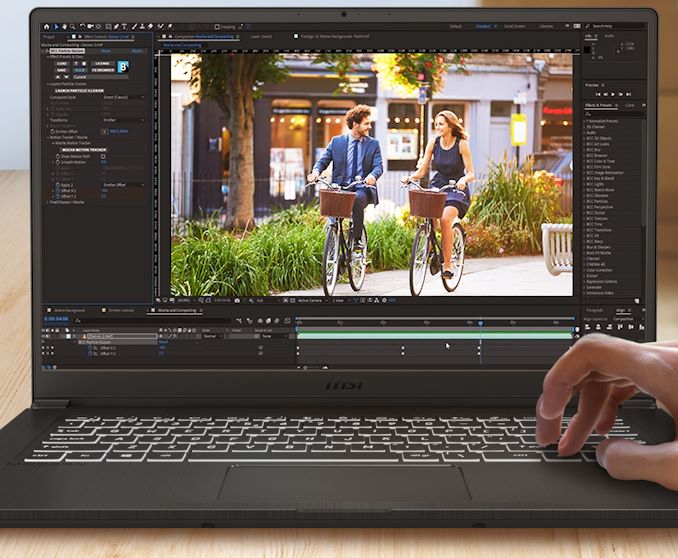
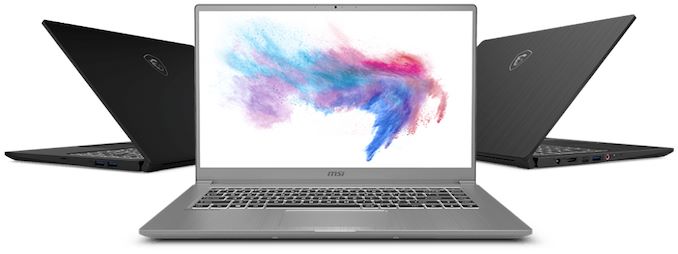
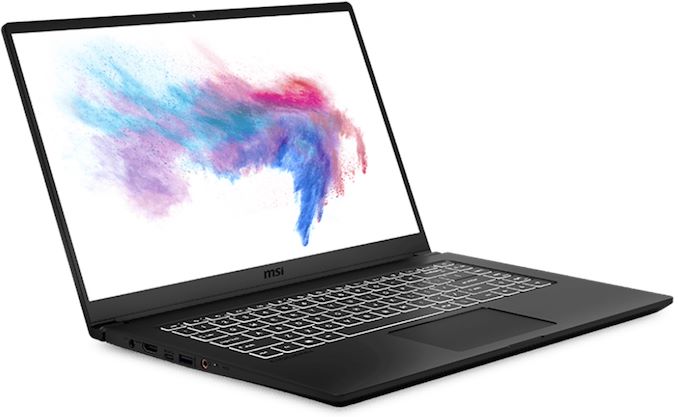
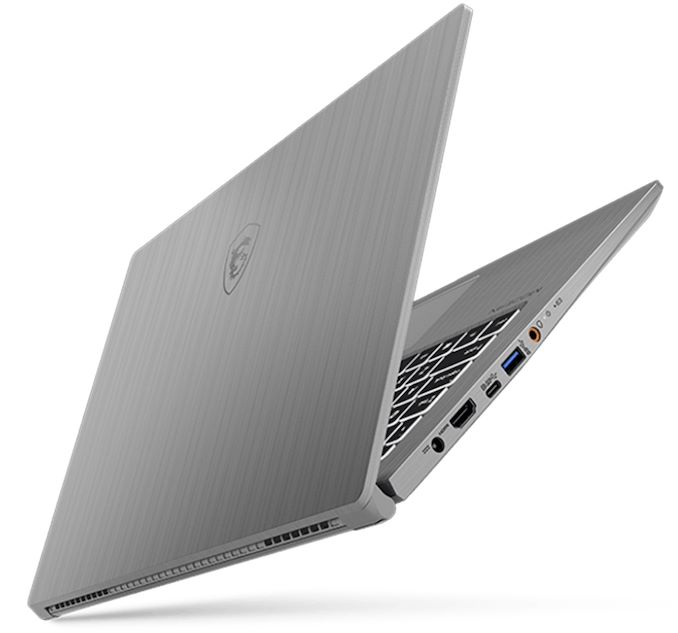

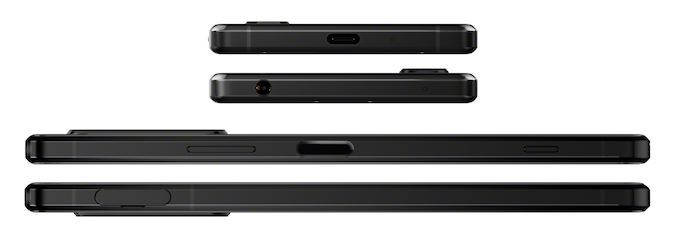

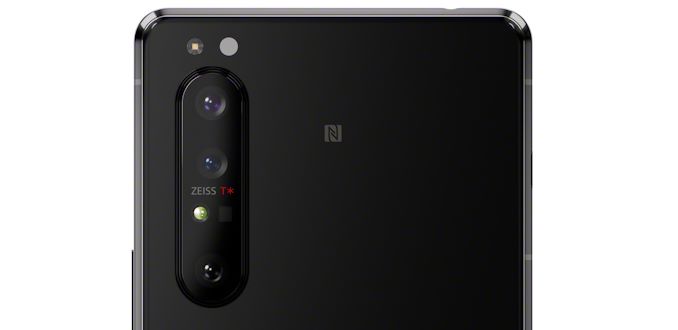
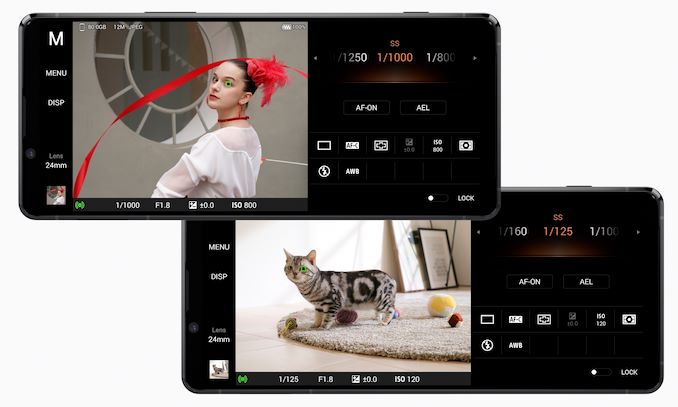
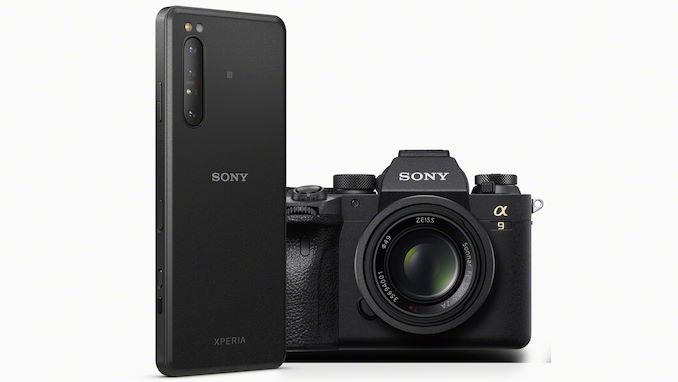
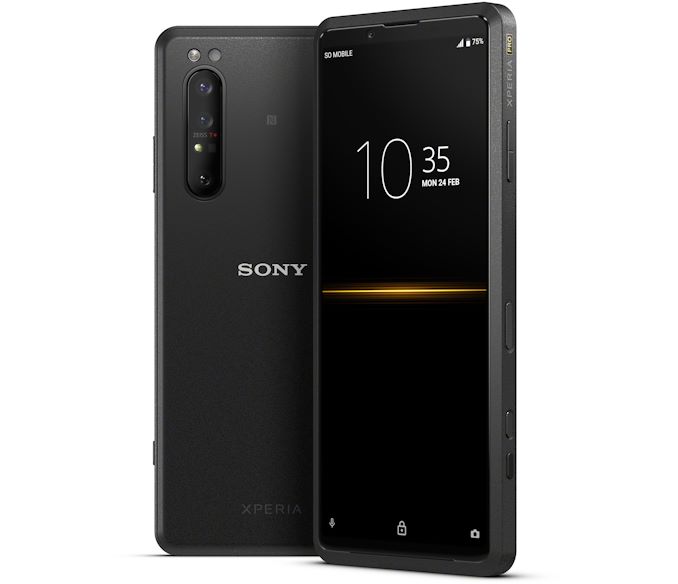
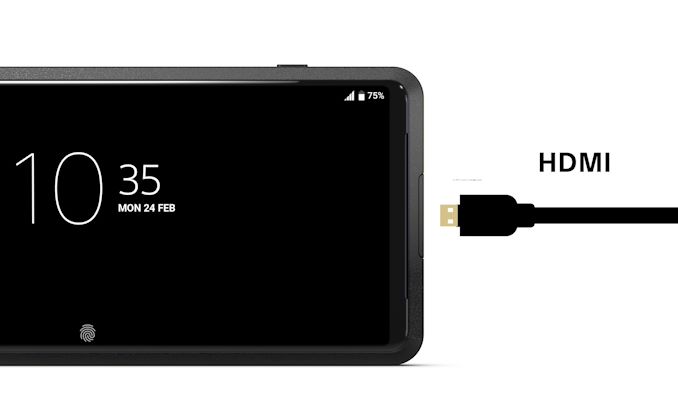
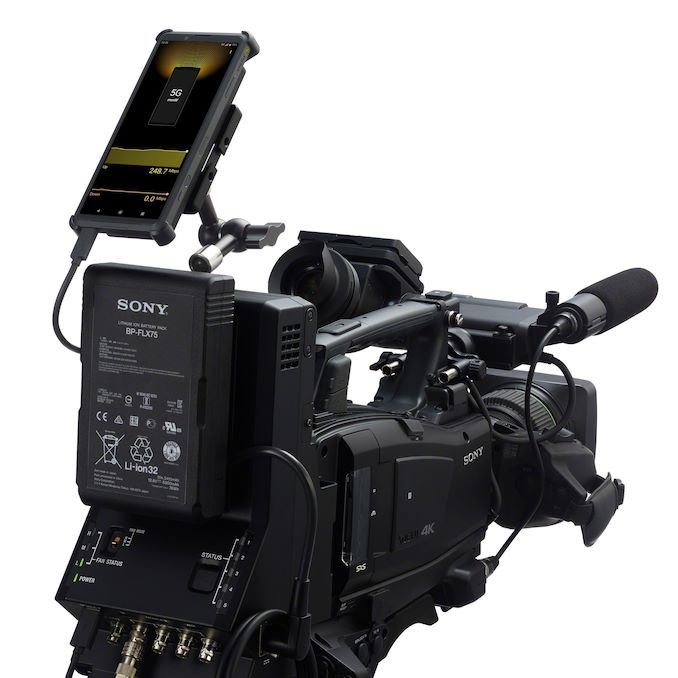
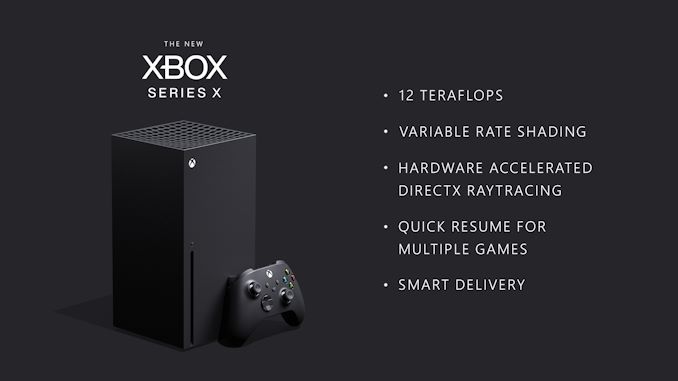


_575px.jpg)
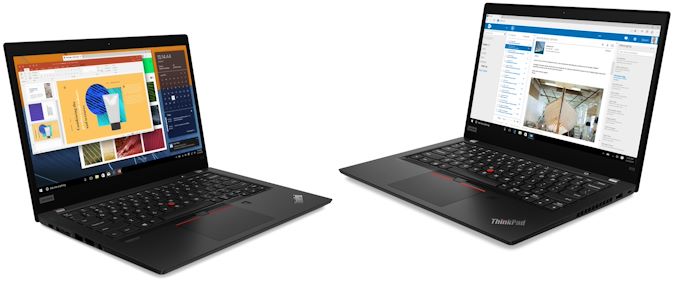
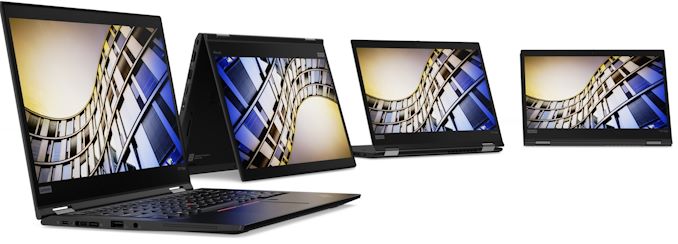
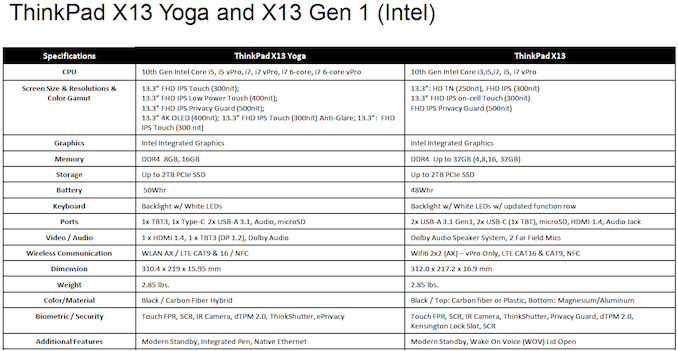
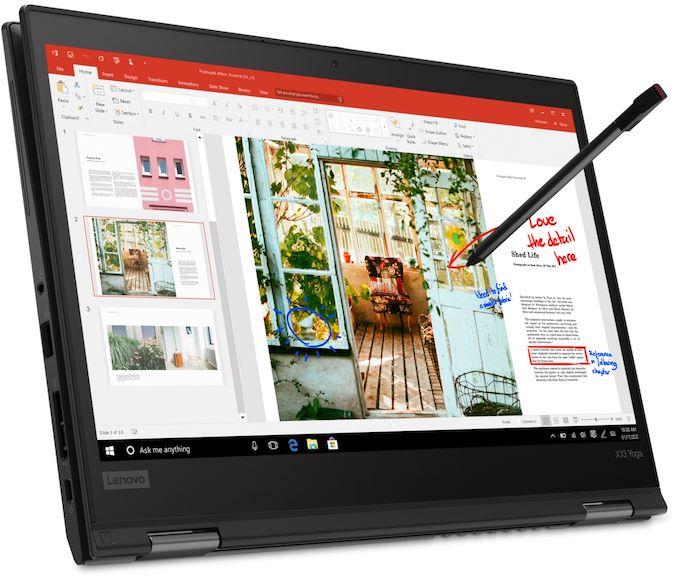
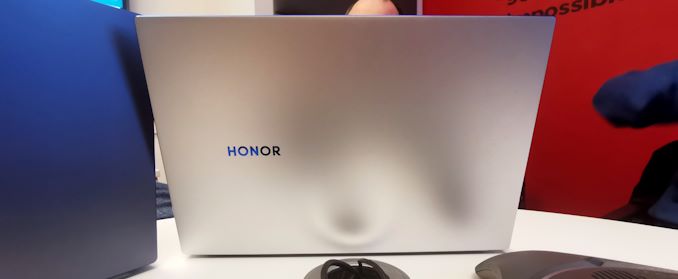

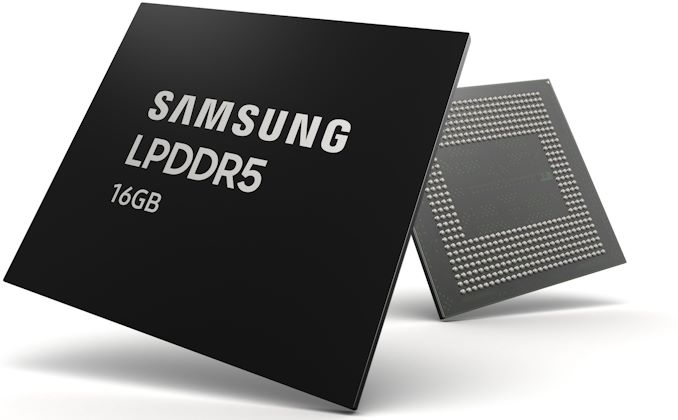
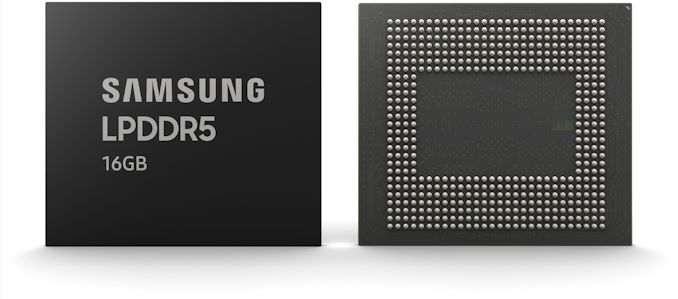
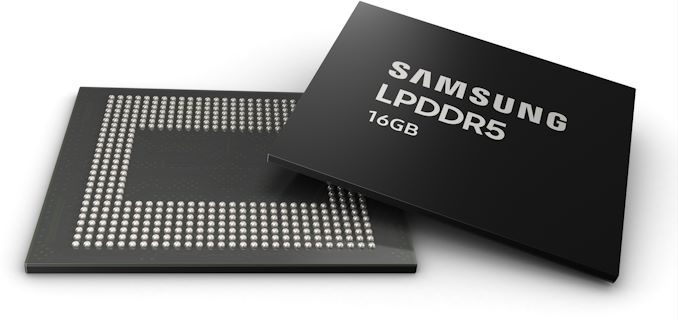

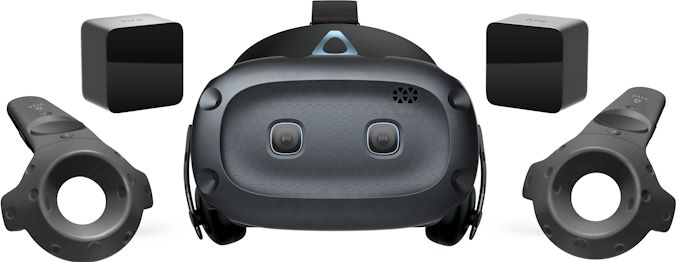
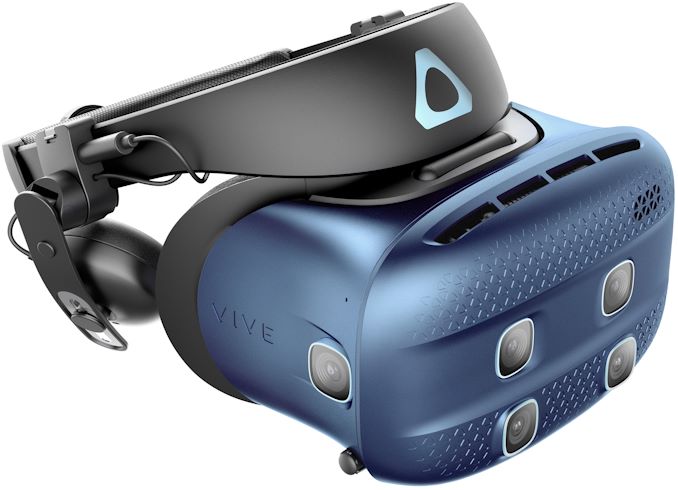
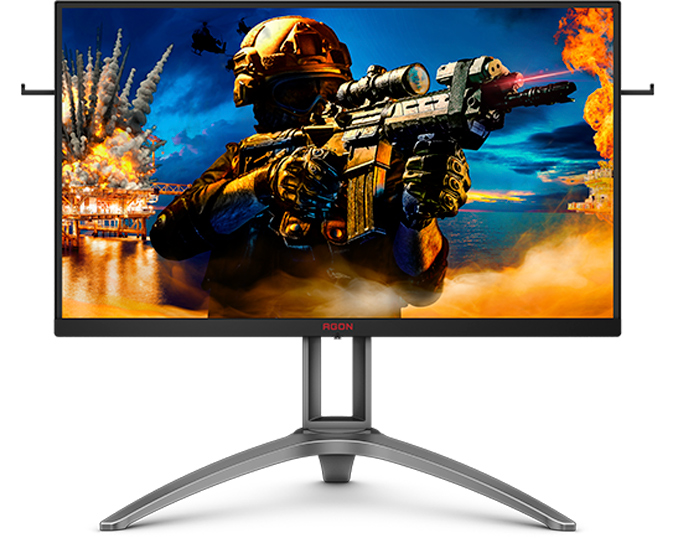
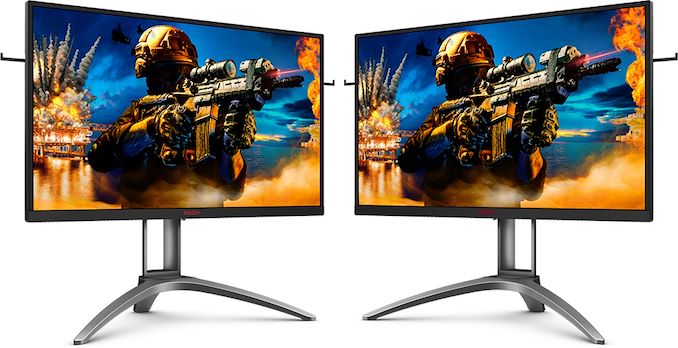
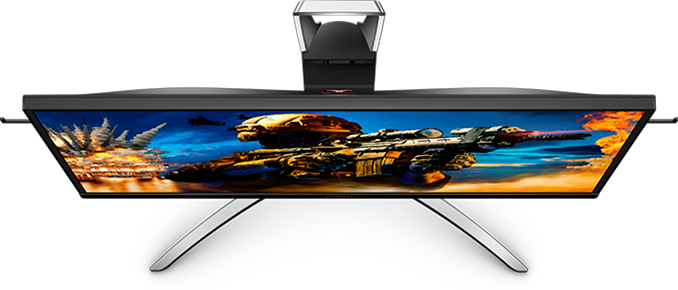

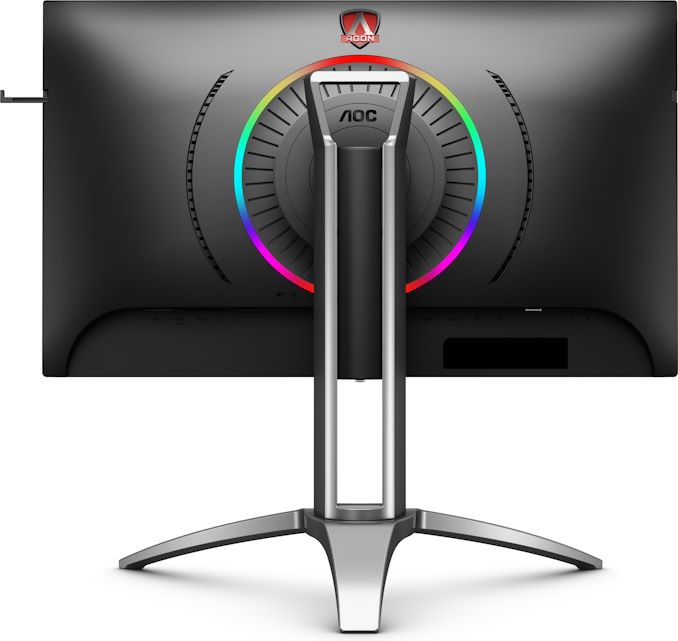
















Bookmarks